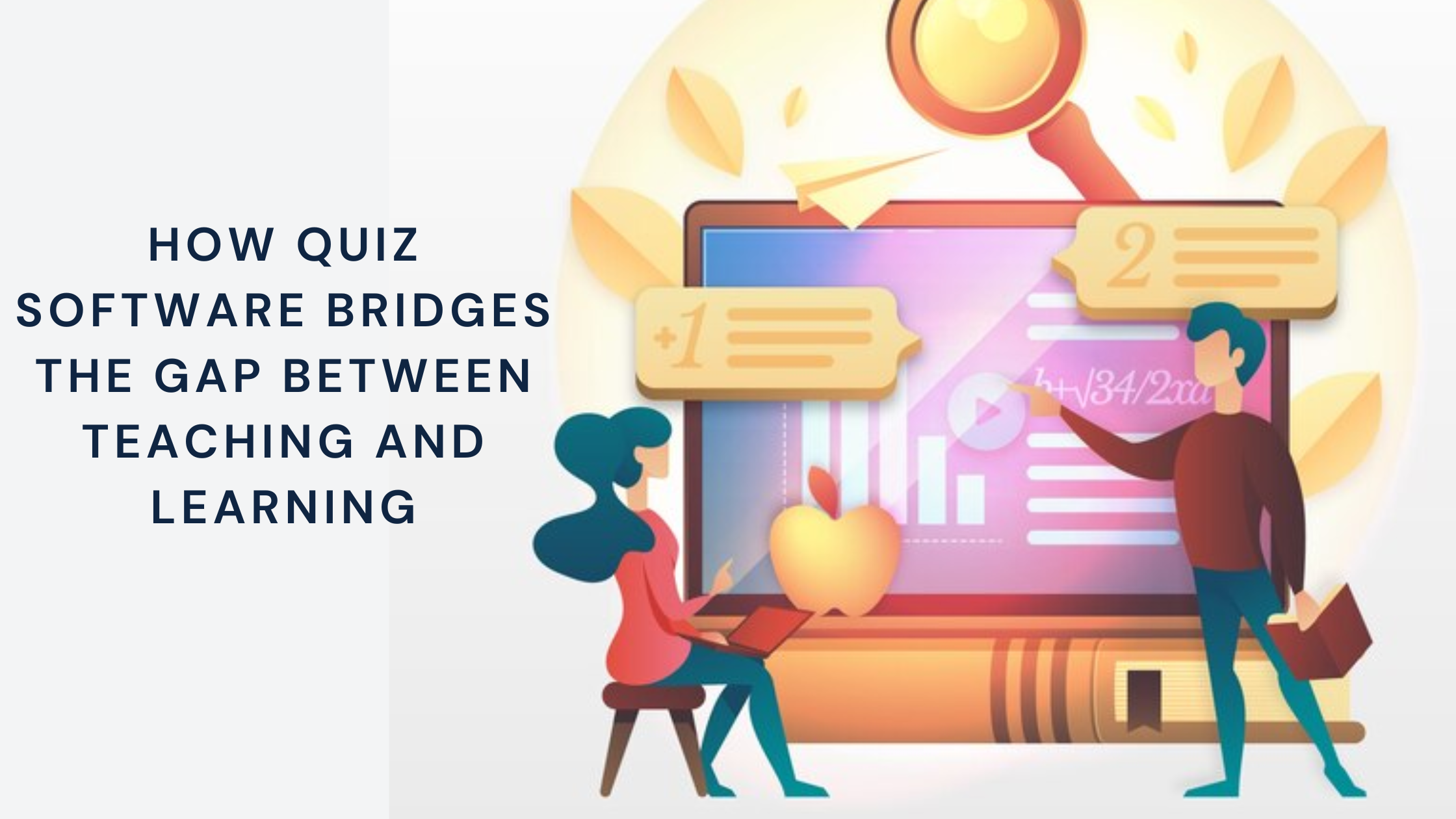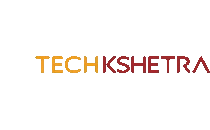How Quiz Software Bridges the Gap Between Teaching and Learning
Published: April 2, 2025

Education is evolving, and traditional teaching methods are no longer enough to keep students engaged and ensure deep learning. Quiz software has emerged as a powerful tool to bridge the gap between teaching and learning, making education more interactive, personalized, and effective. Whether in classrooms, online courses, or corporate training, quizzes play a crucial role in enhancing retention, engagement, and assessment.
1. Turning Passive Learning into Active Participation
One of the biggest challenges in education is keeping students engaged. Lectures, textbooks, and even
videos can sometimes lead to passive learning, where students consume information without truly
interacting with it.
Quiz software changes this dynamic by encouraging active participation. When students answer
questions, they actively recall and apply their knowledge, which improves retention and understanding.
Quizzes can be integrated throughout lessons rather than just at the end, keeping students
consistently engaged.
2. Instant Feedback: A Game Changer for Learning
Traditional assessments take time to grade, delaying valuable feedback. By the time students receive
their results, they may have moved on to new topics, making it harder to correct mistakes or reinforce
learning.
With quiz software, feedback is immediate. Students can see what they got right or wrong and get
explanations for their answers. This instant feedback helps learners identify their weak areas and
correct mistakes on the spot, leading to continuous improvement.
For teachers, instant results mean they can quickly identify common misconceptions and adjust
their teaching strategies accordingly.
3. Personalized Learning for Different Skill Levels
Not all students learn at the same pace. Some grasp concepts quickly, while others need more time and
practice. Traditional classrooms often struggle to accommodate these differences.
Quiz software can adapt to individual learning needs. Many platforms use adaptive learning technology,
where questions adjust based on a student’s performance. If a student struggles with a topic, they get
additional practice. If they excel, they move on to more advanced questions. This ensures that every
learner gets a tailored experience, making education more effective.
4. Data-Driven Insights for Teachers
Educators no longer have to rely on guesswork to understand student progress. Quiz software provides
detailed analytics on individual and group performance.
Teachers can see:
• Which topics students struggle with the most
• How long they take to answer questions
• Overall class performance trends
With this data, educators can adjust lesson plans, focus on weaker areas, and provide targeted
interventions. Data-driven teaching ensures that no student is left behind.
5. Making Learning Fun with Gamification
One of the biggest advantages of quiz software is that it makes learning enjoyable. Many platforms
include gamification features such as:
• Points & Badges – Rewarding students for correct answers
• Leaderboards – Encouraging healthy competition
• Timed Challenges – Adding excitement to assessments
These elements boost motivation and encourage students to engage with the material outside of
traditional study sessions. When learning feels like a game, students are more likely to stay
interested and retain information.
6. Breaking the Monotony of Traditional Assessments
Exams can be stressful, and long tests often cause anxiety. Quizzes, on the other hand, provide a
low-pressure way to assess understanding. Frequent, shorter quizzes help reinforce learning without
overwhelming students.
They can also be used in formative assessments, meaning teachers can check progress without the stress
of formal exams. This creates a more supportive learning environment where students focus on
improvement rather than just grades.
7. Supporting Remote and Hybrid Learning
With online education on the rise, quiz software is more important than ever. In virtual classrooms,
it can be challenging for teachers to gauge student understanding in real-time.
Online quizzes bridge this gap by providing:
• Automated grading – Saving time for educators
• Real-time participation – Keeping students engaged in online classes
• Accessibility – Allowing students to learn anytime, anywhere
Whether used in online courses, blended learning, or traditional classrooms, quizzes help maintain a
structured and interactive learning experience.
Application Beyond Schools: Corporate Training & Skill Development
Quiz software isn’t just for schools. It’s widely used in corporate training, employee onboarding, and
professional certification programs. Organizations use quizzes to:
• Test employee knowledge
• Reinforce training sessions
• Ensure compliance with industry regulations
The same principles apply—interactive quizzes make learning more engaging and effective in any
setting.
Conclusion
Quiz software is more than just a testing tool; it’s a bridge that connects teaching and learning in a dynamic, data-driven, and engaging way. By encouraging active participation, providing instant feedback, personalizing learning, and making assessments enjoyable, quizzes enhance the overall educational experience. Whether in schools, universities, or professional training environments, integrating quiz software leads to better outcomes for both learners and educators. It’s time to move beyond traditional assessments and embrace the future of interactive learning.
.png)




